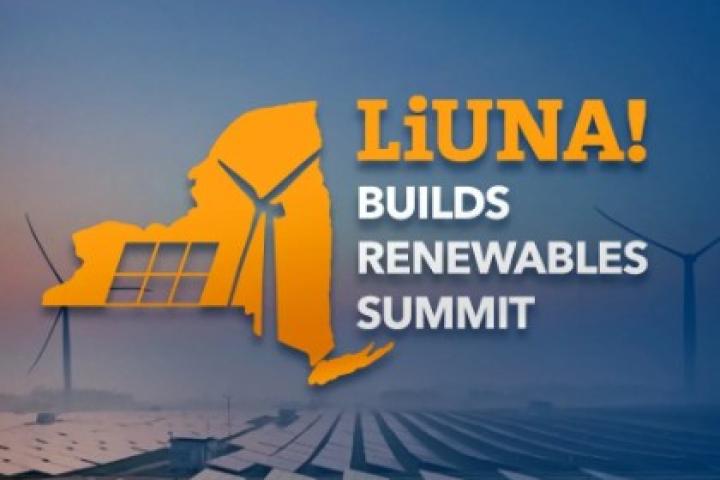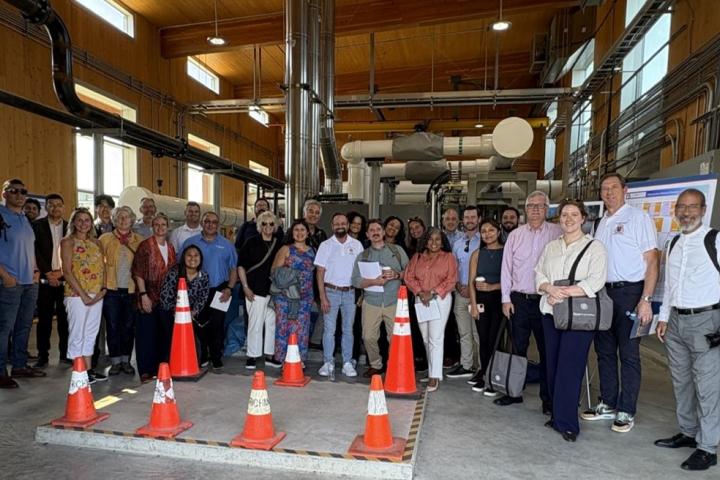
New York at Work 2023: Tracking 2022 Inflation Reduction Act Manufacturing Investments
Authors: Yinyin Xu, graduate student project lead, Climate Jobs Institute; Avalon Hoek Spaans, assistant director of research, Climate Jobs Institute; Lara Skinner, executive director, Climate Jobs Institute; Anita Raman, former research and policy associate; and past Cornell student research fellows and assistants: Ilham Nugraha; Hanna Xue; Scott Siegel; Amira Shimin

Overview
The Inflation Reduction Act of 2022 (IRA) is a critical catalyst to accelerate the sustainable development of the clean energy industry within the United States. The primary purpose of this research is to track the impact of the IRA on regional economic development and job creation in the clean energy fields across the country with more in-depth research for New York state.
We have collected data from over 180 publicly announced relevant projects that are potentially eligible for the IRA tax credits or investments triggered by the passing of the IRA within the clean energy manufacturing industry, given the consideration of the IRA tax credit eligibility for locally manufactured products. All projects are classified under one of three sectors: electric vehicles (EV), renewable energy, and other energy technologies, and then further divided into 15 subsectors
Key Findings
- Of the 186 projects, the majority do not publicly disclose information about the union status in official news releases or industry publications.
- The EV subsector has the highest amount of investment in clean energy manufacturing.
- “Red states” and “swing states” have the most investments in clean energy manufacturing with more manufacturing investments flowing to “right-to-work” states.
- Not all investments across the United States will create new jobs, but preserve jobs as some reopen existing facilities.
- Geographically, the clustering of same-sector projects is most evident in EV-related projects.
- In New York state, all investments tracked lead to new facilities or expansions of existing facilities.
- Investments in New York state focus on wind technology, electric vehicle technology and energy storage.
Recommendations
- This round of research focuses on the manufacturing sector. However, renewable energy development and building decarbonization are often disregarded in studies on IRA investments. Therefore, the narrative that more investments occur in red or right-to-work states may need to be corrected. The Climate Jobs Institute will work to expand the scope and category of projects collected to include those eligible for any tax credits in the IRA, first focused on the usage of tax credits for renewable energy installations and building decarbonization in New York state.
- There must be mandatory reporting and a sample of case studies in New York state following IRA investments to understand job creation and the quality of the jobs created from investments in the IRA.
- There must be a proactive approach to organizing and unionizing new, expanded or reopened clean energy manufacturing facilities in New York state.
Research Impact
This research can help union organizers understand where new manufacturing facilities will be located, the size of investments, and the expected job creation in those facilities. Our research also documents what unions are currently involved in each listed project. This data can also help legislators understand what is happening in their state and district. In the past year, Climate Job Institute Executive Director Lara Skinner presented the data to the House Sustainable Energy and Environment Coalition Congressional Clean Jobs Task Force.
Related Information
- Climate Jobs Institute IRA Manufacturing Investment Tracker
- The research data is triangulated with Jack Conness and Investing in America data.
- Domestic Content Bonus Credit Guidance by the Department of the Treasury and the IRS
Read the full New York at Work 2023 report



